Chipps looks at the increasing influence the changing climate and other pressures are having on off-road events.
As the climate changes, it is bringing more unpredictable weather with it. We’re seeing everything from unusually dry Februarys to snow in May and floods in August, which can affect how, when and where we ride our mountain bikes.
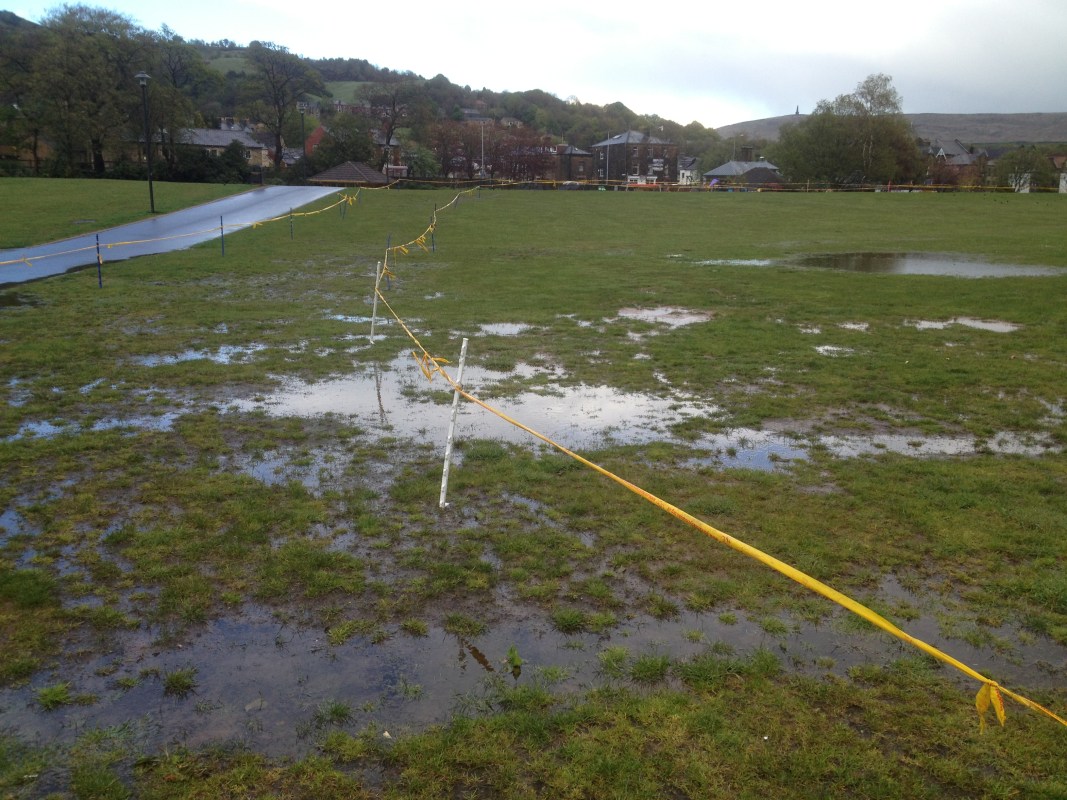
The nature of our sport means that we’re always dealing with variables. It’s not a sport that takes place in a measured, controlled environment, like a gym or velodrome. Being in the outdoors is one of the major draws of our sport, otherwise we could take up an easier, cleaner and cheaper hobby… And at least if it’s chucking it down, we can wait it out, change the route or just head out another day.
Unfortunately, when it comes to racing mountain bike events, you’re kind of stuck with the weather on the day, for better or worse. And the UK gets more than its fair share of ‘for worse’ which has a massive effect on race entries, race organisers and race courses.
Recent years has seen the postponement or outright cancellation of many flagship events from the race and event calendar. In 2018 the Dyfi Enduro was cancelled due to flooding of the main event and camping field, something it never returned from. The following year, in 2019, the Ard Rock Enduro was cancelled due to flash flooding in Yorkshire, and the Malverns Classic was also cancelled due to a waterlogged event venue. Then in 2020, well, Covid took care of most events.
Latest Singletrack Merch
Buying and wearing our sustainable merch is another great way to support Singletrack
Although many events like the Malverns and Ard Rock have returned as popular as ever, those wet and Covid summers saw many event organisers pack it in for good, citing the difficulty in regaining momentum after losing two, even three, years of consecutive events.
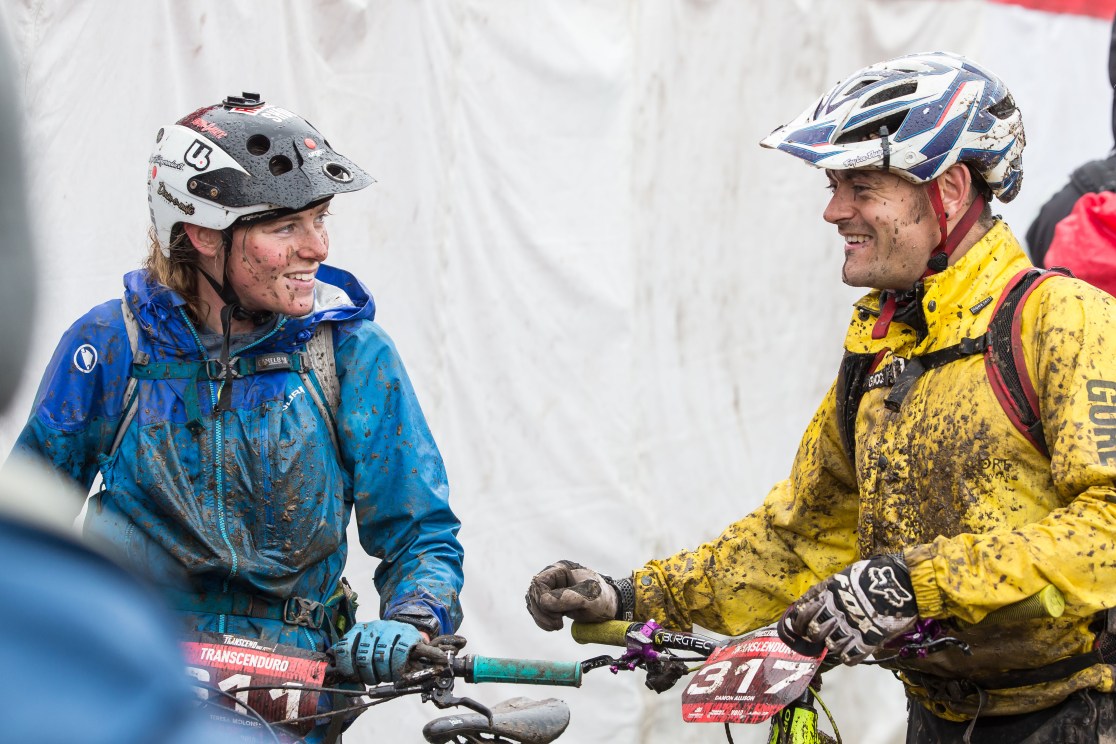
Recently, I’ve been quizzing event organisers about the unseen effects of changeable weather, as well as what can be done, both as riders or racers and as organisers, to mitigate the effects of future ‘weather events’.
For me, mountain biking has always been intertwined with events and races. Not because I’m a great racer, but because they were where the sport got its start and its early identity. The early races were the gathering points, the forums if you will, of pre-Internet mountain biking, and we quickly got used to expecting a race a fortnight throughout the springs and summers of the nineties and early aughts. Events were where we saw our friends, caught up with new products and occasionally rode bikes. It was also an excuse to ride in a completely new part of the country.
Now it seems that bike events are starting to resemble the bike shop, bike media and bike company landscape: a few major players are attracting the bulk of the business, leaving smaller independents less able to compete. And throwing in the uncertainty of weather, with many racers leaving it until the very last minute to enter any (non-sold-out) event, that uncertainty makes it less and less attractive to any amateur event organiser.
The issues
The main problems that wilder weather brings to events is, in the main, twofold: firstly, unless an event is traditionally sold out (like Ard Rock is, and Mountain Mayhem was) riders will wait until the last possible moment before they pay to enter. And secondly, if an event faces serious weather (usually prolonged or heavy rain in the UK) then at what point, if ever, should the organiser pull the plug and cancel the event? Furthermore, if it goes on regardless, what might then happen in terms of wrecked trails, bikes and washing machines?
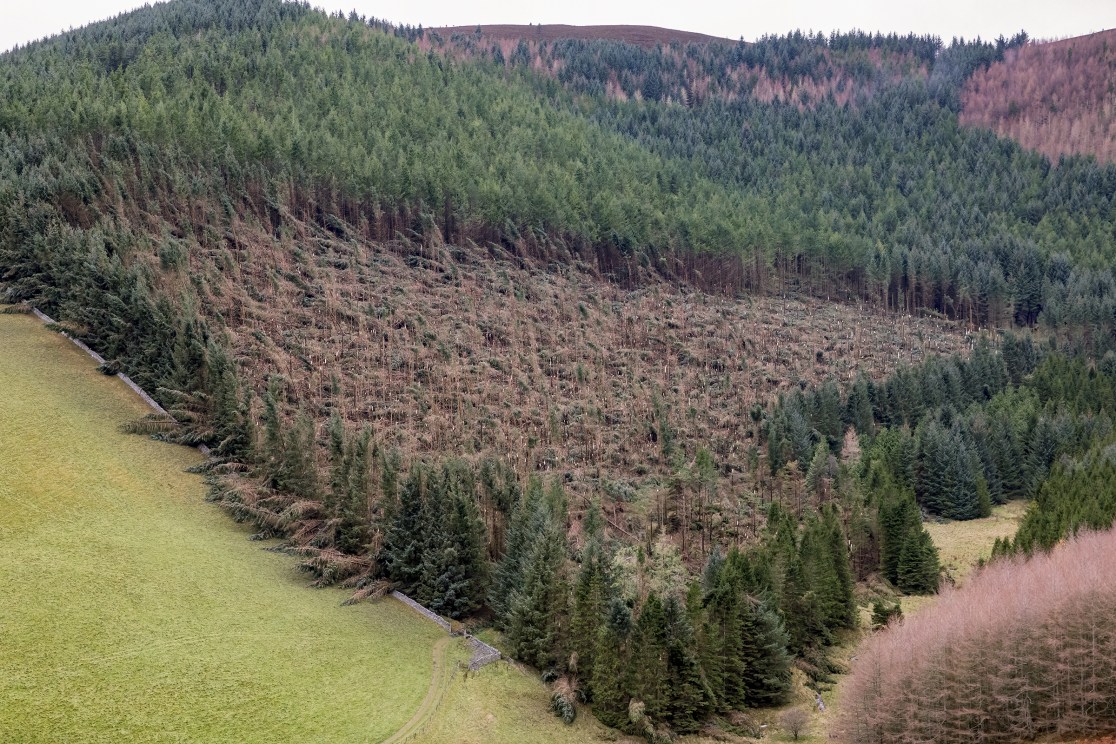
From a racer’s point of view, an event is a big investment in time, money, a weekend away, camping or B&B, a big drive, food and drink. Some riders will carry on regardless through a wet weekend of riding/racing, others baulk at the thought of a miserable day or days out, wearing out chains and brake pads and getting everything they own covered in mud. And while a wet ride is part and parcel of being a British mountain biker, sometimes the thought of yet another wet weekend will put the rider off entering in advance – which brings us to the first point, articulated by James Deane from Grinduro:
“In previous years, pre-entries for our events have always taken a solid number well in advance. With the iffy weather this season, we’ve seen a new pattern with riders holding it out until we get close to the closing date for entries. That makes it hard for promoters to pre-empt all the important things like camping space, food, toilets etc. Resources that all require deposits well in advance and put a hit on bank balances that are already strained by reduced sponsorships and rising costs in EVERYTHING.”
Months before, the event organiser will have committed time and money to booking the venue, doing risk assessments, cutting or clearing trails, gathering staff and volunteers, reserving dull things like toilets, barriers and other infrastructure. The cancellation period for some of these things is often further away than the long-range weather forecast for the venue. But, as we’ll find out, the ‘go/no go’ decision is often even more nuanced than that.
Too… hard?
Tommy Wilkinson was part of the team that organised the Naughty Northumbrian for four years and his concerns weren’t just about a bunch of riders getting wet. It was that only a few riders could actually ride his courses in anything but dry conditions…
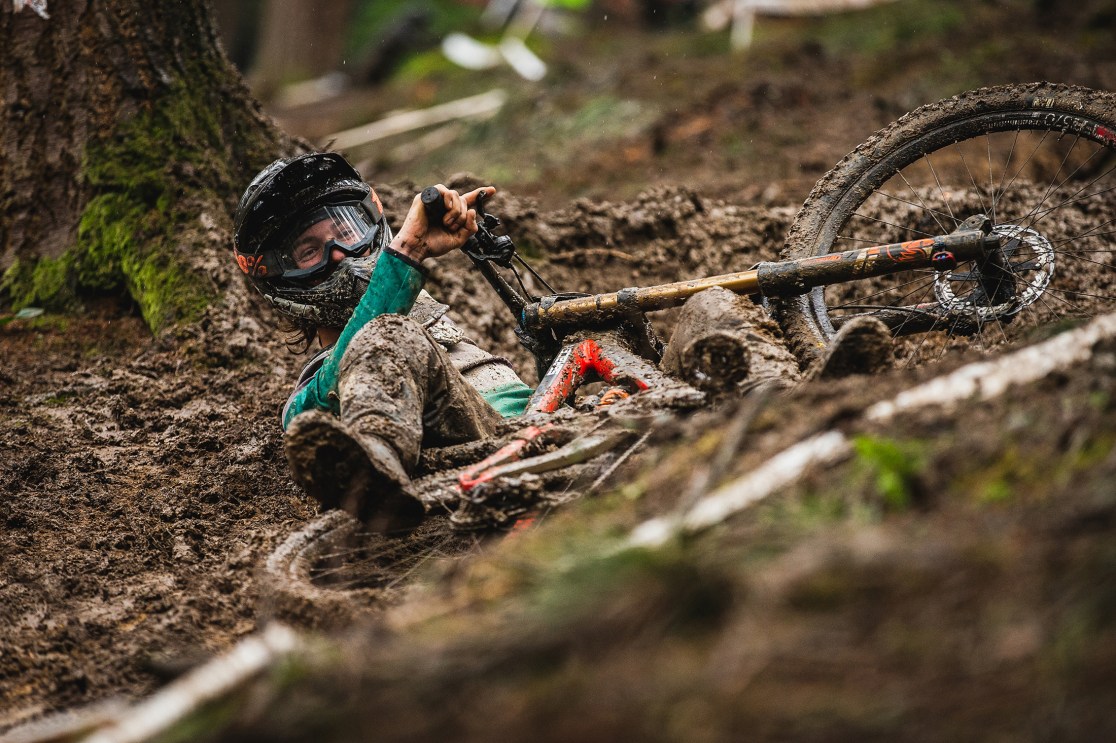
“On a basic level, [the tracks] are too hard for most riders when wet. This has seen the entries drop hugely. Not a fun day out equals no viable race as it scares all but the 3-400 hardcore enduro racers in the UK. With a limited number of enduro riders in the UK, if you get a series of wet events that spoil the experience and you can’t retain your base customers, you burn through your entire market very quickly. Unless you’re an Ard Rock, rider retention is affected by previous experiences in which the weather had a big role.”
But if it’s hot and dry, that’s better, right?
“We had a heat wave in 2019 and put out 6,000 litres of water across the course – it ran out very quickly to the annoyance of many riders, and because the event is in a remote location, we couldn’t draw any more from the farmer’s holding tank, as he needed it. I remedied that in 2021 by getting Northumbrian Water to provide a 100k litre water tanker wagon – but again, it was another complex task to fulfil and a pain to sort that I could have done without. Despite requests, people never bring enough for themselves.”
North American racing usually brings more reliable hot and dry summer weather, which also has to be anticipated. Dre Hestler from the BC Bike Race summarises some of the plans in place there:
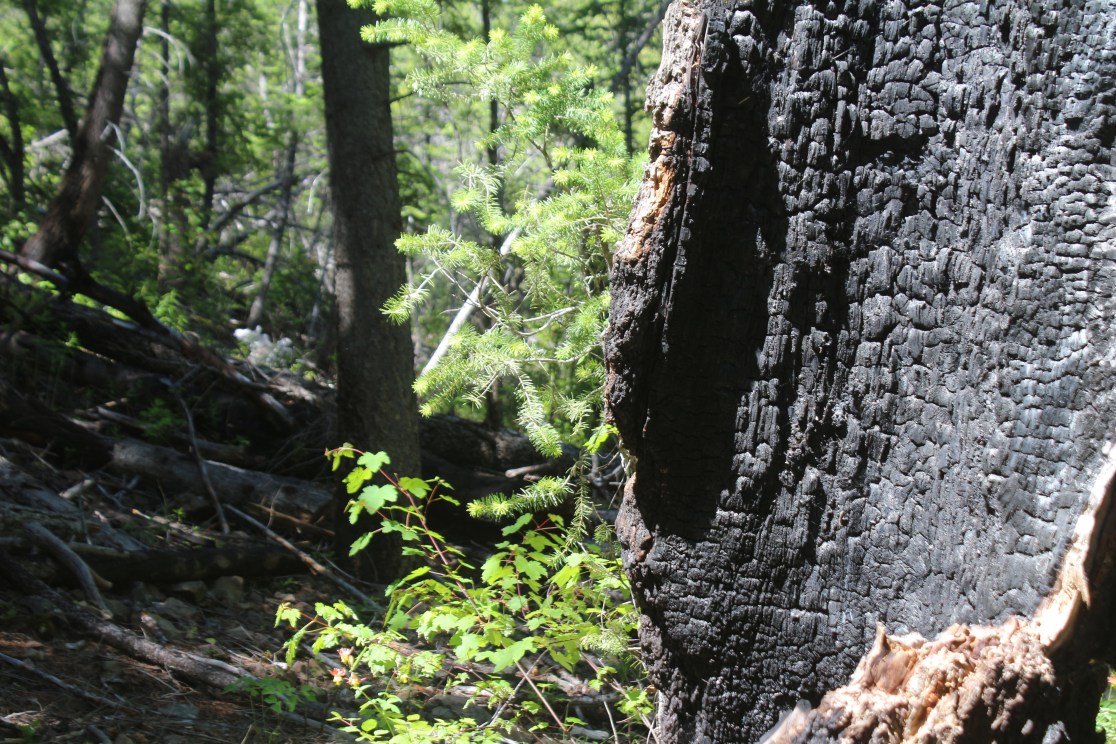
“Heat leads to forest fires, and that leads to backcountry closures, or has in the past, sometimes with the closure following us all the way to the finish. So that is an issue, and the other concern is trail deterioration – this aligns with the rain problem, but every trail builder and club I have ever talked to is fine with simple remediation, and our current state of trail mastery, enthusiasm and understanding plus the way most trails are now built in BC, makes this a non-issue. The next and more pressing issue that has arisen is the health concerns raised to the government level of ‘Heat Waves’ and managing riders’ safety.
“Over the last few years we have had to implement any number of actions: earlier starts, more hydration stations, misting stations, more shade areas, and cooling areas. Along with that we have managed our first aid to be prepared both through communication (mandatory meeting on managing heat exhaustion and dehydration, watching for signs), preparation (stocking IV fluids) and execution on physical methods as mentioned above – more water access, misting stations etc.
“So with weather seeing a swing to hotter, that being our main concern we are making changes, but so far those are manageable and reasonable, but about as predictable as the weather in the UK.”
You can’t win
So, no good if it’s wet, no good if it’s too dry. But the mountain bikers aren’t the only people in the forests and fields, worrying about the weather…
Tommy again: “The event, unless of huge [local] economic importance, drops down the priority list for landowners and communities who are dealing with more important shit. It’s important to recognise our place in the system here – it’s not simply the ‘weather’ – it’s everything else that follows across the spectrum e.g., does the farmer decide to change his field system or drainage, is he getting paid to create a wetland under ELMS [the Government’s Environmental Land Management System], taking out our camping field…
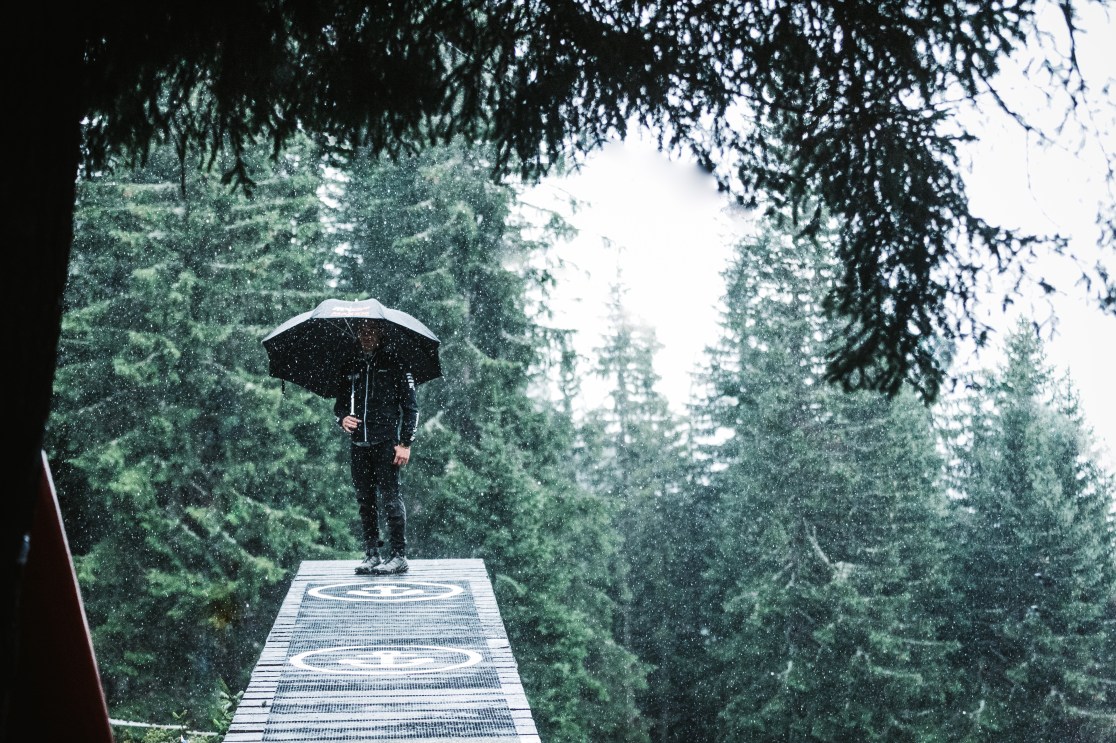
“Steep tracks in a peat soil plantation forest are bad for rivers and water courses. We already have real water quality problems, and loading our rivers with high organic matter due to erosion and run-off is a problem that we need to get ahead of. Track design and entry numbers can be designed to limit this to a degree, but those designs won’t favour steep and technical trails or events that need big numbers to be viable (like the Naughty Northumbrian).”
The bigger the event, the more diverse but specialist its needs. Mountain Mayhem, the pioneering 24-hour race (remember those?) in the UK needed around 20 acres of space just for the campsite. Then it needed a ten-mile race course. Within that, the course needed to be interesting enough for experienced riders, mellow enough for first timers to ride in the dark and wide enough to allow racers of hugely different speeds (think Nick Craig vs a tired and bonking soloist at night) to pass each other. This alone ruled out using more weatherproof ‘built’ trail centre singletrack trails, so if it rained on a Mayhem weekend, many riders were reduced to a slog, or drinking brandy in their tent, sacking it off until next year.
Except, even sold-out events can’t survive more than a couple of biblically wet years until they no longer sell out, as happened to Mayhem. The moment that happens, those events drop into the ‘Let’s check the long range before we enter’ category and will never sell out again.
Proper mountains and going ‘Full Berkeley Marathon’
What if events were advertised as ‘true mountain experiences’ and they took part on wild and rocky terrain that could handle a once-a-year event without lasting damage? That would attract the right kind of riders, right? Arguably, the Strathpuffer 24-hour race, held in northern Scotland in mid-January, already does this (and it does sell out) but there are scant few other events in that space.
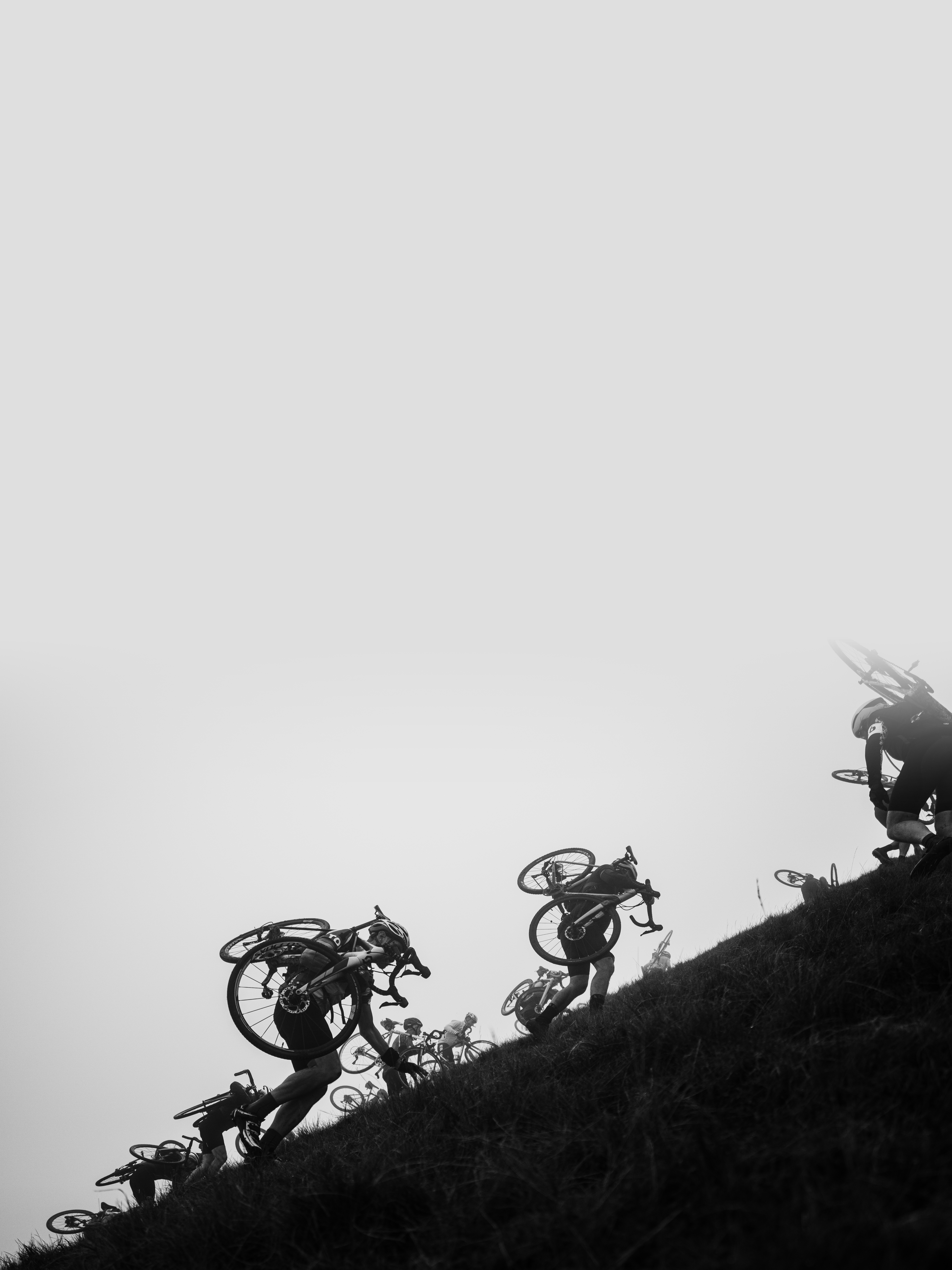
One that comes to mind is the Three Peaks Cyclocross race, held in late September in the Yorkshire Dales. Upwards of 400 racers on skinny tyred ‘cross bikes take on a 38-mile course over three, hefty, open fell summits. That’s been going on for nearly 60 years, so it’s proof that the show always goes on, right? It’s only ever been cancelled due to foot and mouth and Covid…
Mark Richmond, organiser of the event for the last ten years, casts a different light on the behind the scenes logistics:
“The weather doesn’t discriminate on ability. Your actual or perceived ability is entirely separate to how the weather can affect you in an event such as the Three Peaks. I do not see that there is enough recognition of this point, and a symptom of this attitude is perhaps the readiness of competitors to criticise perceived ‘soft’ cancellations.”

Event organisers need to be sure that if a course is diverted, cut short or cancelled, that the racers will actually obey the marshals, rather than ploughing on into dangerous conditions, as Mark observed:
“Regardless of how good the weather risk assessment is, liability will inevitably rest with the event organiser who in turn relies upon the competitors to act in line with instructions and therefore the risk assessment. This brings us to a difficult dynamic between the event organiser and each individual competitor which I suggest cuts to the heart of your question. A portion will take the ‘that’s riding in the UK’ attitude, whereas others will take a view that they can always ‘return and try again another day’, and there will also be a wide spectrum in between. Irrespective of an individual’s attitude, a constant is that liability will always remain with the organiser.”
Tommy Wilkinson has a good take on this: “I think there is a big difference between riding in the wet (fun!) to being wet for a full weekend in a muddy field. Twenty years ago people would embrace that but mountain biking (generally) isn’t in that space anymore. With wetter or hotter weather comes more welfare and comfort requirements which simply add to the operating cost.
“With all that said, I think there is a space for a hardcore event organiser to really embrace the chaos of bad weather and go full Berkeley Marathon style. It might not be a commercial project, but they don’t all need to be, and I for one wouldn’t mind seeing some more of that ‘get stuck in’ attitude put forward into our mountain bike story.”
Where do we go?
So, what can we do, as competitors and participants, to keep our beloved races and whole race scene intact? I think that the number of race organisers recently who’ve retired (or simply given up) after a decade of ‘successful’ events is indicative of how hard it is to keep on pressing on with the uncertainty of event organisation – especially if it’s one of the only ways you keep food on the table and the lights on. Being a race organiser, especially in the UK, is rarely done as a way to make money. It’s generally taken on in the spirit of keeping a local scene going, or legitimising existing mates’ races, or just because there isn’t a local race and there should be.
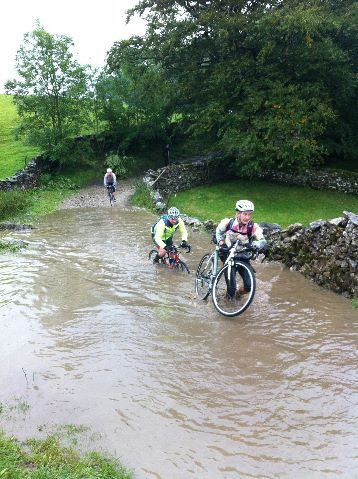
Organisers lean on friends, family, the local Scouts and cadets, fill in risk assessment forms and deal with grumpy dog walkers who always go this way every Sunday morning and how dare you inconvenience them by recreating in this public park. Overall, it’s a massively stressful and pretty thankless task, leaving volunteers completely empty on a Sunday evening as they pull up stakes and try to roll up muddy tape. But then all it takes is someone to say, ‘Great race, see you next year?’ and they’ll always answer a cheery ‘Absolutely!’ and the game starts again.
The motto for those of us who like competing in, or completing, events is the same as it is for local bike shops, print magazines, trail centres and pump tracks. If you want them to always be there for your convenience, then you need to support them. Enter events, and enter early. Turn up and ride them, whatever the weather, but go prepared, with kit for any eventuality. If they’re cancelled, don’t complain; offer the organiser some support and defer your entry rather than getting a refund. Volunteer! Don’t want to ride as it’s raining? Go anyway and see if you can help out. The worse the weather, the more marshals as well as racers will be no-shows.
It’s all very well having massively professional, Glastonbury-style events, but you still need to support the equivalent of the village music festival too.
The mountain bike world is changing. We have more places to ride and more ways of riding than ever before. However, nothing beats some face-to-face chat and some elbow-to-elbow bike racing to remind you how great bikes are and what a fantastic scene we all have, whatever the weather.




